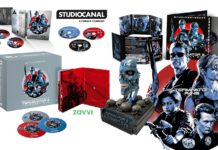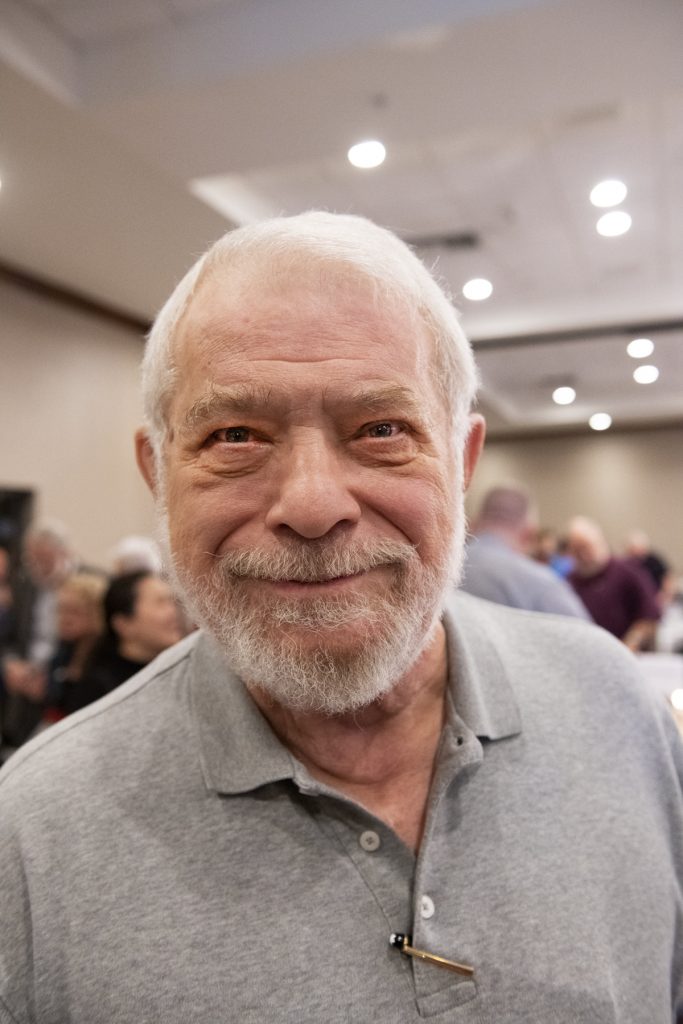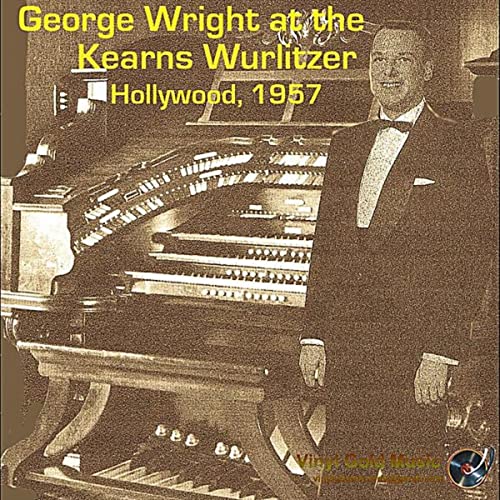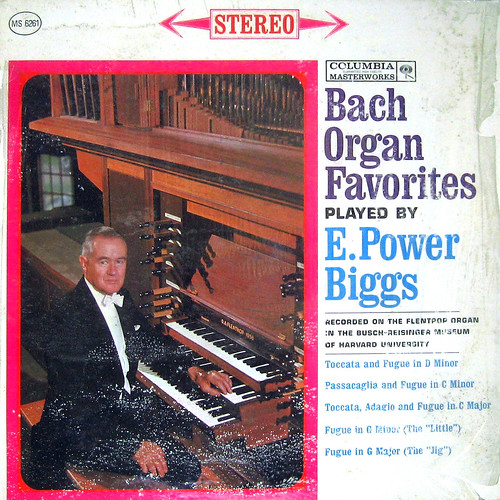Roger Skoff
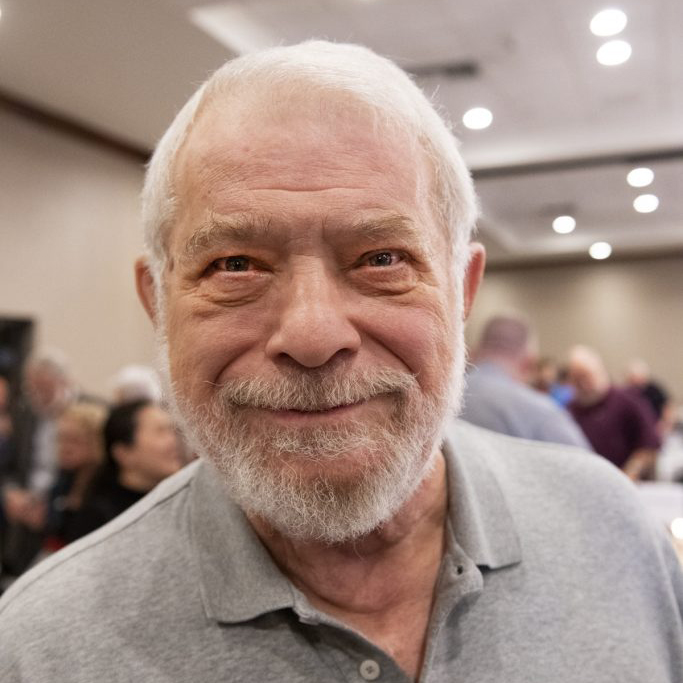
Hello, I’m Roger Skoff, writing here for the very first time.
I’m complimented to have been asked to contribute to this outstanding publication, and I hope that you, its readers will find what I have to say to be fully up to its high standards, interesting, and, hopefully even helpful, as we all pursue our audio hobby.
First, for those of you who don’t know me, let me say that, while this is the first time I’ve been honored to write for an Asian publication, writing for the audiophile press is something that I’ve been doing for a good long time. The first magazine that I wrote for was Sounds Like…, for which I started as a reviewer, back in the late 1980s, and eventually became Editor of its industry newsletter, Sounds Like…News.
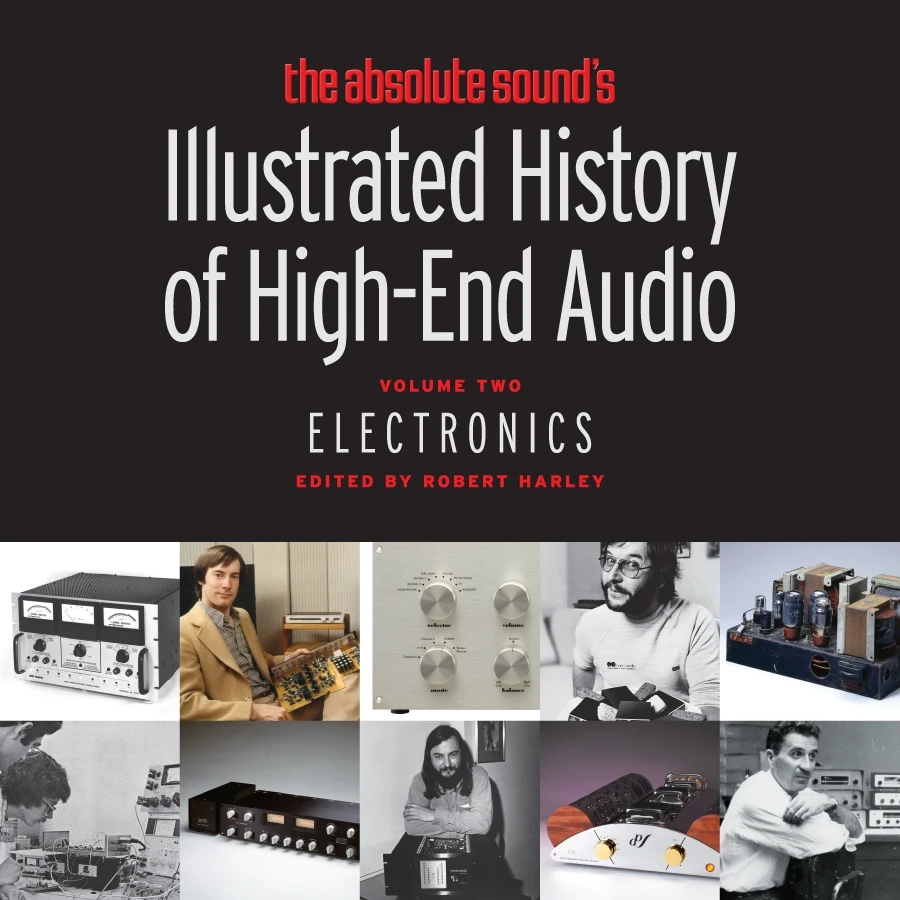
Since that time, I’ve also written for the absolute sound and contributed sections to its book, the absolute sound’s Illustrated History of High-End Audio, Volume II. I wrote, for years, a weekly column in Audiophile Review, and still contribute monthly articles to Positive Feedback Online and Enjoy the Music.com. .I’ve also written for Part-time Audiophile and T.E.D. (Technologies, Electronics, Design) a new French-language magazine published in Quebec, Canada.
Perhaps that’s why my Thai friends, in asking me to write a column for this publication, suggested that the word “insider” be included as a part of its title.
I certainly have been that:
It started more than sixty-five years ago (!) when, in 1954, at the age of twelve, I was introduced to High Fidelity (at that time, monophonic) sound for the first time. It was at Emmons Audio in Studio City, California, a suburb of Los Angeles. One of my father’s friends was going to buy a “hi-fi set” and he had asked my father to come along to help him make his choice. I was just along for the ride, but that one night turned out to be a life-changing experience for me.

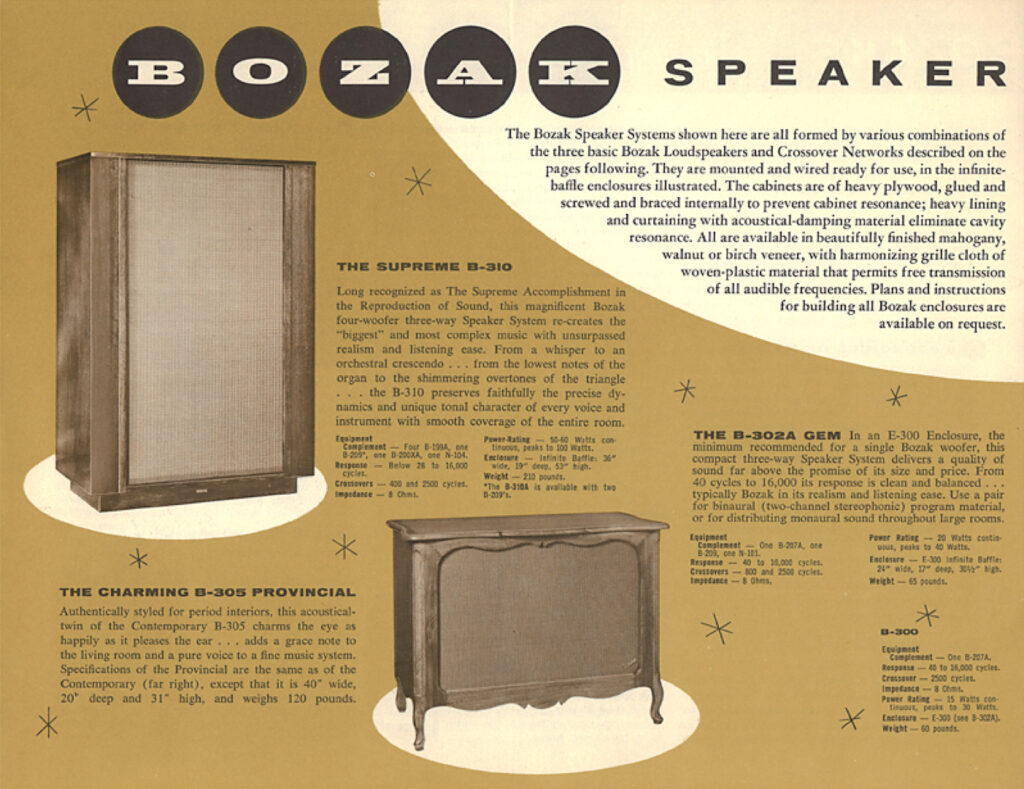
What I heard that night was a then-state-of-the-art phono setup (I don’t remember what), with a McIntosh MC 30 amplifier (until the MC-60 came out the following year, that was THE reference standard), driving a Bozak B-310 “Concert Grand speaker (glorious, for its day, with real response down to 24 Hz – nearly a full octave below most of the best other speakers of its time).
The music played that night was thrilling – better sounding than anything I had ever heard before! But that should come as no surprise: What I had grown-up listening to was our family’s record player, a Sears Silvertone portable, with a crystal cartridge and tiny built-in speaker; AM radios (either at home or in my father’s car); the un-baffled (probably 12 inch [30.5 cm]) “full-range” speaker in our television set; the sound of limited-quality horn speakers playing behind the screen at our local movie house; and, as my only exposure to “live” music, the sound of a marching band when, occasionally, on some holiday, we went to a parade.
My family wasn’t religious. We didn’t go to church, so I had never heard the sound of a pipe organ, and when Dick Emmons, the store’s owner, played a recording of one, (probably George Wright or E. Power Biggs playing “The Giant Wurlitzer”) and the sound of real BASS – the power and the 32 Hz pedal tones of a huge theater organ played on that incredible Bozak speaker — hit me for the very first time, I knew that I was hooked forever.
The music that night – the organ recording and all of the other amazing sounds that the dealer played for us, all across the musical spectrum – was a huge emotional experience for me; one that I couldn’t wait to have in my own home.
As a kid, though, I didn’t have the money to buy anything at all, so I began by taking over the family record player and adding an extern al speaker to it; something that I had begged off one of my friends. From there, as I grew older, saved my allowance, and eventually got an after-school job, I added used components when I could find them. When I could finally afford it, I built a Heathkit FM tuner, and then, for my first “real” hi-fi electronics, I built an EICO HF-20 tube integrated amplifier. After that I added a Rek-O-Kut turntable and tonearm, a GE variable reluctance magnetic cartridge, a Fisher one-tube pre-preamp, and was on my way.
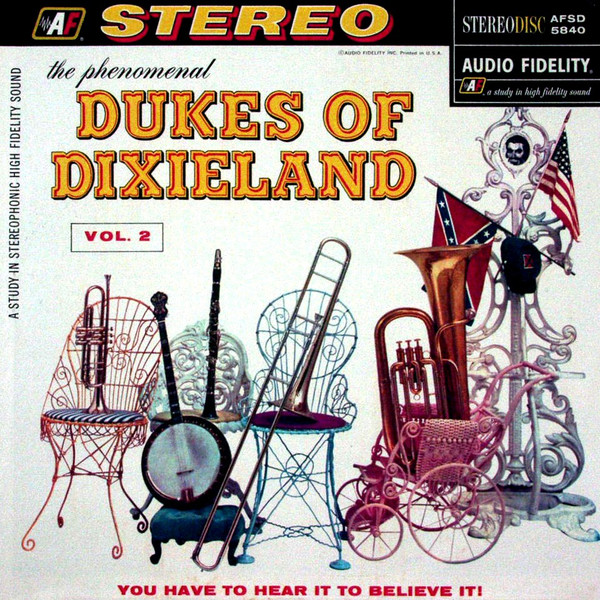
I was into reel-to-reel tape stereo, first on a Viking tape deck and then an Ampex 601-2 tape recorder, before the first stereo LP records came out in 1957. When they did, I bought (and still own) a copy of Audio Fidelity’s Dukes of Dixieland, Vol. 2 (to my knowledge, the first stereo LP) and got an Electro-Voice ceramic – the first commercially available stereo phono cartridge – to play it with.
I saw and participated in the arrival of solid-state electronics and the death and resurrection of tubes. Even before completing my training in Economics at UCLA, I was a classical music radio announcer and became one of the co-founders of Matrix Corp., the first company ever to manufacture ultra-low-speed tape recorders for radio station program recording. Later, after dropping out of hi-fi for some years and getting married, I got back into it and started writing for Sounds Like… and Sounds Like…News.
In the years until now, besides, just tubes, I’ve seen the death and resurrection of analog (Phono’s back strongly, and tape is gaining momentum), the coming and going of the CD and its promise of “Perfect Sound Forever”, and now I’m seeing what looks like a bifurcation of audiophile interest into two rival camps – physical and streaming media.


I’ve also created another High End cable company, RSX Technologies, Inc., which is getting strong praise for its products all around the world. So, yes, I DO have a personal interest in what I say, but that will only serve to make me extra careful to keep personal bias out of what I write for you.
I guess I really am an Audio Insider, and most of what I’ll be writing about in coming articles will likely not be reviews of particular products — although I do reserve the right to do so if I come across something particularly interesting, particularly good, or particularly bad. Instead, I’ll be telling you about our hobby and our industry; describing how things work; passing along tips to make your system or your listening room’s acoustics better; and, in general, reminiscing, editorializing, explaining, or doing anything I can to make your audiophile experience better, more interesting, and more involving.
Enjoy!

























